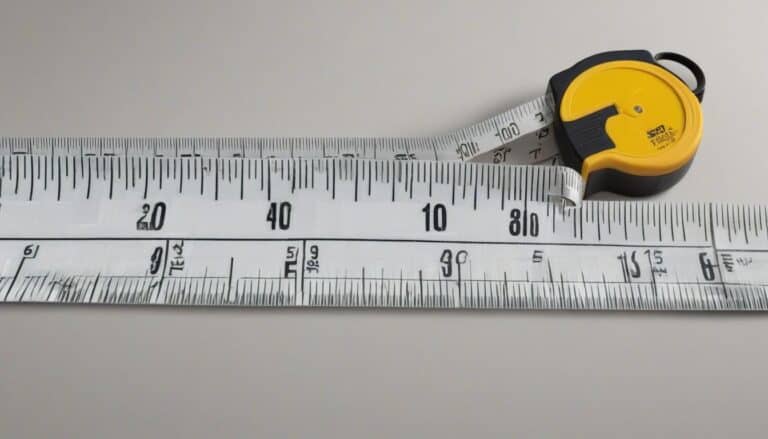Preparing for Project Bidding: A New Construction Business Owner’s Guide

As a proud owner of a new construction business, you want to start on the right foot.
You’re eager and ready to get out there and start bidding on your first projects. Before you do that, make sure you become familiar with the bidding process, and see what tools you can use with today’s construction climate.
Breaking Down the Bidding Process
In a typical bidding process, the client (who needs a new building) hires a designer (architect or engineer) to create blueprints. Once the design is complete, the client then solicits bids from contractors (the builders). The contractor reviews the blueprints, project documents, and specifications before bidding.
Once the client collects enough bids, they award the contract to the lowest bidder. Of course, this process has evolved over time.
There are three popular methods of project delivery in today’s industry that apply to new construction projects. While they share some similarities, the roles and responsibilities of the builder vary, as well as the risks involved:
The Project Delivery Method–
Commonly known as the design-bid-build method, it is the original way of carrying out new construction projects. The client hires an architect to produce the drawings. Once the architect completes the drawings, the client starts the bidding process. The architect is responsible for reviewing bids and choosing the contractor they deemed suitable for the project. Once construction begins, the architect has to oversee the contractor’s work and ensure they’re meeting the project deliverables.
The Procurement Method–
Also known as the design-build process, this method usually differs from the first as the designer and the contractor both come from a single company that provides both services. This process is typically faster because it cancels out the bidding process, and rather than bid on the project, clients expect design-builder teams to come up with different proposals. They can also suggest changes to the client’s initial design. The client will usually award the project to the team they find will bring the best out of their initial idea.
While the timelines for projects under the procurement method tend to be accelerated, it comes with its own set of risks. For instance, the design-builder team is solely responsible for the whole project, and the client misses out on getting supervision from a third party.
The Contract Model–
For this particular method, the client hires a project manager (PM) to act on their behalf. The latter is responsible for overseeing the project—from start to finish. The client presents an initial idea to the PM, who then seeks designers to draw the blueprints. Once the design phase is complete, the PM takes contractor bids and chooses the most suitable ones for the clients. The PM is also in charge of overseeing the construction phase.
Because they represent the client, the PM has to prioritize the client’s interests, which often translates to cutting costs wherever possible.
That said, the risk can be substantial. The PM has to guarantee the client the project’s cost will remain within their budget. If the actual cost exceeds it, the PM is responsible for covering additional expenses.
Coming Up with Cost Estimates
There is often some confusion when it comes to defining the cost estimate and the bid. Keep in mind both terms are different.
The cost estimate refers to the construction’s predicted total cost, whereas the bid is what the contractor intends on charging the client for building the project.
To complete a cost estimation, the client generally sits down with design professionals to determine a project’s feasibility. This is because cost estimates depend on design and specifications, which designers are responsible for providing. Depending on what the cost estimate is, the client will then draw a budget.
Typically, a comprehensive cost estimate should include various expenses: labor, materials, equipment, overhead, operation and maintenance costs, bonds, variances, and contractor’s profit.
Both builders and clients should have a proper understanding of cost estimates, as both these parties have high stakes; the client wants a project that fits within their budget, whereas the builder wants to make sure they’re bidding on a project that will be profitable.
The Tools for the Trade
Coming up with cost estimates and bids can become a tedious task as you get deeper into a project, and you always run the risk of leaving important information out. Also, the data you’re using may be outdated, which can lead to flawed estimates. However, there are now cost estimation software programs available for professional estimators.
With a cost estimation software, you can create an estimate using current data to determine costs related to materials, labor, equipment, maintenance, and operation, and so forth—all in one platform. And the good news is: the data is periodically updated. How’s that for saving time and money?
As a new construction business owner, consider making it a priority to invest in the best construction bidding software to make better cost estimates that will enable you to make the right decisions.
Invest in the Right Tools
Whether you’re a builder or a project manager, you should be bidding on projects with certainty. Acquiring the right tools to crunch the numbers will not only make your job easier, but it will provide accuracy and proper insight. Save yourself from future headaches and invest in areas you can manage your next projects with optimal efficiency.





